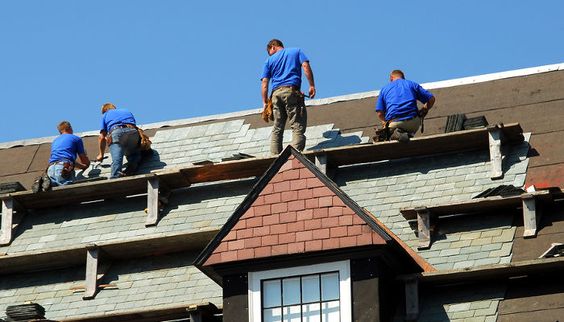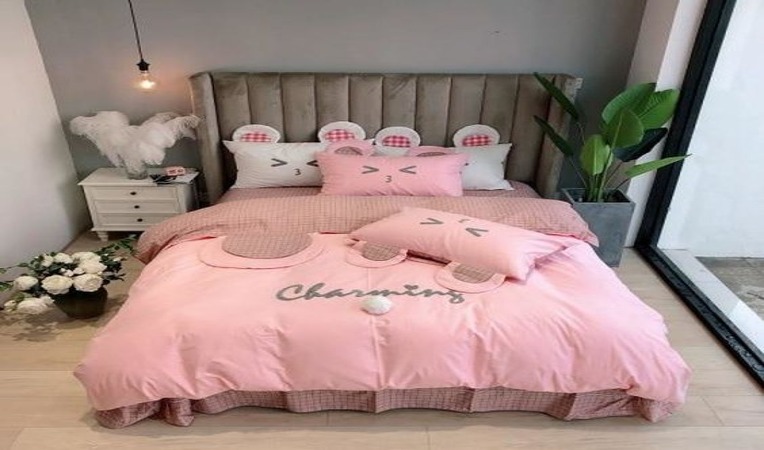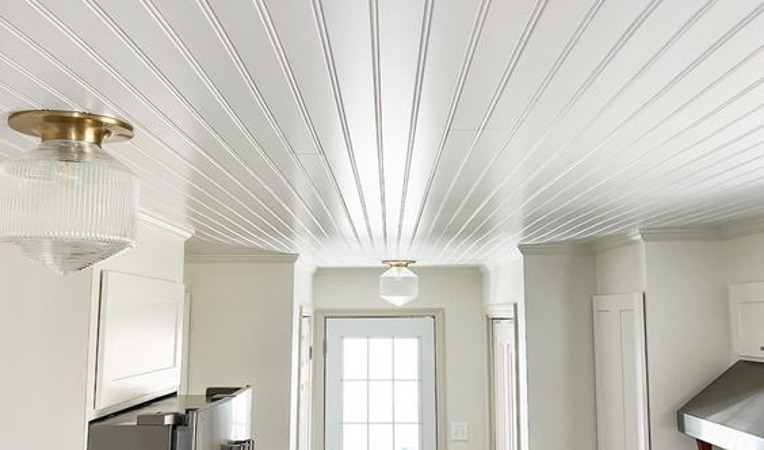Imagine this: you’ve just finished renovating your bathroom, proud of the pristine white tiles and perfectly sealed joints. But as you step back to admire your handiwork, a dreaded sight catches your eye – water seeping into the joints! The frustration of dealing with water-damaged joints is all too common for many homeowners. However, fear not, for a revolutionary solution is here to rescue your hard work from ruin – introducing the Hydrofuge! This innovative surface joint protector is set to change the game when it comes to waterproofing and preserving the integrity of your home’s surfaces.
It’s time to bid farewell to unsightly mold growth, warping wood, and deteriorating grout lines caused by pesky water infiltration. The Hydrofuge offers a shield of protection against moisture penetration, ensuring that your joints remain intact and free from damage. Say goodbye to endless maintenance and costly repairs – with this advanced hydrophobic technology at your disposal, you can finally enjoy peace of mind knowing that your surfaces are safeguarded against the harmful effects of water intrusion. Get ready to elevate your home maintenance game with the Hydrofuge de surface joint – because when it comes to protecting your investments, prevention is always better than cure!
Why waterproof tile joints?
Waterproof tile joints, also known as hydrofuge de surface joint, offer a crucial layer of protection against water damage in bathrooms, kitchens, and other wet areas. These specialized joints prevent moisture from seeping beneath the tiles, which can lead to mold growth and structural damage over time. By sealing off the gaps between tiles effectively, waterproof joints provide long-lasting durability to your tiled surfaces.
Moreover, waterproof tile joints enhance the overall aesthetic appeal of your space by maintaining a clean and seamless appearance. Without unsightly cracks or discoloration caused by water infiltration, your tiled surfaces will exude a sleek and professional finish. Additionally, the maintenance required for keeping these joints in top condition is minimal compared to conventional grout lines. Ultimately, investing in waterproof tile joints ensures peace of mind and prolongs the lifespan of your tiles while enhancing the visual appeal of your home.
Protection of water-repellent tile joints
When it comes to ensuring the longevity and effectiveness of water-repellent tile joints, using a high-quality surface hydrofuge is essential. This protective layer creates a barrier that prevents water from seeping into the joints, thus reducing the risk of mold growth and damage over time. The application of a hydrofuge de surface joint not only enhances the waterproofing properties of the tiles but also prolongs their aesthetic appeal by preventing stains and discoloration.
Furthermore, maintaining these water-repellent tile joints regularly can significantly increase their durability and resistance to external factors such as moisture, dirt, and grime. By investing in proper care and protection for your tile joints with a reliable hydrofuge de surface joint, you can ensure that your tiling remains not only visually appealing but also structurally sound for years to come. Remember, prevention is always better than cure when it comes to safeguarding your surfaces against potential damages caused by water infiltration.
Manual
One of the key advantages of using a manual approach when applying hydrophobic surface sealant is the precision and control it offers. Unlike automated systems that can sometimes be prone to errors, manual application allows for meticulous attention to detail, ensuring that every joint and surface area receives the necessary coating. This hands-on technique not only enhances the effectiveness of the hydrofuge de surface joint but also allows for customization based on specific needs and requirements. By navigating each corner and crevice manually, applicators can ensure full coverage and optimal protection against water damage.
Embracing a manual method for applying surface sealants fosters a deeper connection between individuals and their workmanship. The act of physically manipulating the sealant onto surfaces promotes a sense of ownership and craftsmanship that can be lost in automated processes. By engaging in this tactile experience, applicators can develop a heightened sense of responsibility towards their work, resulting in higher quality outcomes and greater client satisfaction. Overall, choosing a manual approach to hydrophobic surface sealing not only improves technical results but also enriches the overall experience for both professionals and clients alike.
Water Repellent and Waterproofing Depending on the Surface
When it comes to water repellent and waterproofing treatments, the type of surface being treated plays a crucial role in determining their effectiveness. For porous surfaces like concrete or stone, hydrofuge de surface products are specifically designed to penetrate deep into the material and create a barrier that repels water. On the other hand, for smooth surfaces like glass or metal, joint sealants are more commonly used to ensure complete waterproofing.
Understanding the dynamics of different surfaces is key in choosing the right treatment method for optimal results. The unique properties of each surface determine how well it responds to water repellent or waterproofing agents. By considering these factors, you can enhance the longevity and durability of structures while also maintaining their aesthetic appeal.
Ultimately, whether you opt for hydrofuge de surface solutions or joint sealants, proper application and regular maintenance are essential for ensuring long-lasting protection against water damage. By tailoring your approach based on the specific characteristics of the material you’re treating, you can achieve superior water repellency and waterproofing that not only safeguards but also enhances the overall quality of your surfaces.
What is a Water Repellent?
Water repellents, also known as hydrofuge de surface joint in French, are a crucial component in protecting various surfaces from water damage. These products work by creating a barrier that repels water, preventing it from seeping into the material. From concrete driveways to fabric upholstery, water repellents can be applied to a wide range of surfaces to enhance their durability and longevity.
One key advantage of using water repellents is their ability to protect against staining and deterioration caused by moisture infiltration. By forming a protective layer on the surface, these products help prevent mold growth, corrosion, and other issues associated with excess water exposure. Additionally, modern advancements in water repellent technology have led to more environmentally friendly options that are both effective and sustainable.
Overall, incorporating water repellents into your maintenance routine can greatly extend the lifespan of your belongings and infrastructure. Whether you’re looking to protect your outdoor furniture or waterproof your basement walls, investing in high-quality water repellent products can bring added peace of mind and save you time and money in the long run.
What are the Benefits of Using a Waterproofing Water Repellent?
A waterproofing water repellent, also known as hydrofuge de surface joint, offers a variety of benefits that can significantly enhance the durability and longevity of various surfaces. One key advantage is the protection it provides against water damage and moisture penetration, which can help prevent costly repairs and extend the lifespan of structures. Additionally, a high-quality waterproofing water repellent can also act as a barrier against other environmental factors such as dirt, stains, and UV radiation.
Another notable benefit of using a waterproofing water repellent is its ability to improve the overall aesthetic appeal of surfaces by keeping them clean and well-maintained for extended periods. This can be particularly useful for outdoor structures exposed to harsh weather conditions or high traffic areas prone to wear and tear. By investing in a reliable hydrofuge de surface joint product, property owners can significantly reduce maintenance costs while simultaneously enhancing the visual appeal and structural integrity of their surfaces.
How to Apply Waterproofing?
Applying waterproofing to surfaces can be a crucial step in protecting your property from water damage. One effective method is by using a surface sealer or hydrofuge de surface joint, which creates an impermeable barrier against moisture penetration. Before applying the waterproofing product, it is essential to clean the surface thoroughly and ensure it is free of any dirt or debris that could affect adhesion.
When applying the waterproofing material, make sure to follow the manufacturer’s instructions carefully and apply an even coat across the entire surface. Additionally, consider applying multiple coats for added protection, especially in areas prone to heavy rainfall or water exposure. By properly applying waterproofing products like surface sealers or hydrofuges de surface joint, you can help extend the lifespan of your property and prevent costly water damage repairs in the future.
Conclusions
In conclusion, water damage to joints is a common and frustrating issue that many homeowners face. Fortunately, with the use of Hydrofuge, this problem can be easily prevented. By applying this innovative product to your joints, you can protect them from water infiltration and ensure their longevity. Say goodbye to the headaches and expenses of repairing water damaged joints by investing in Hydrofuge today. Don’t wait any longer – safeguard your joints and enjoy peace of mind knowing they are protected against moisture damage.




